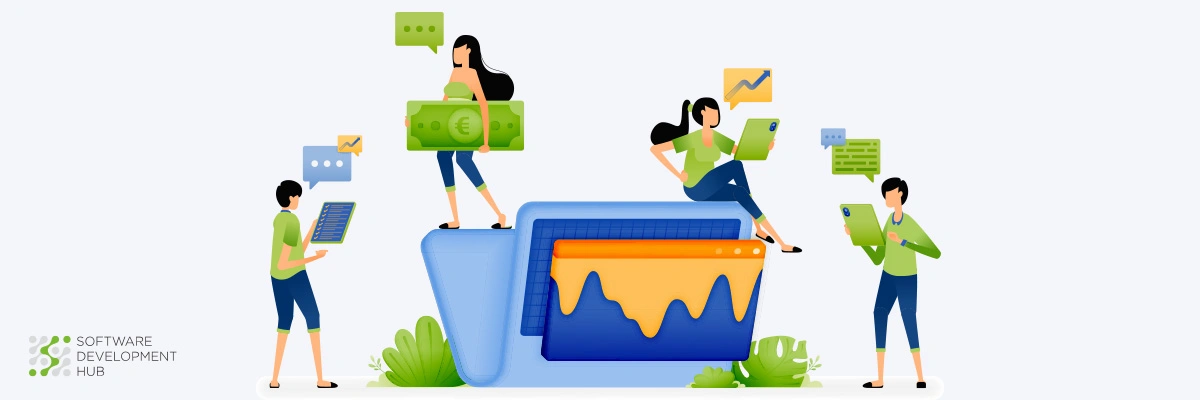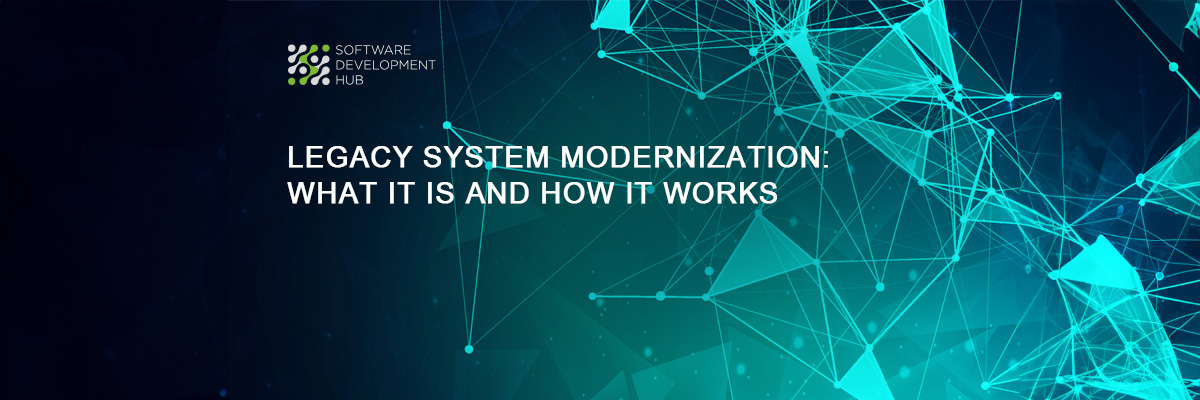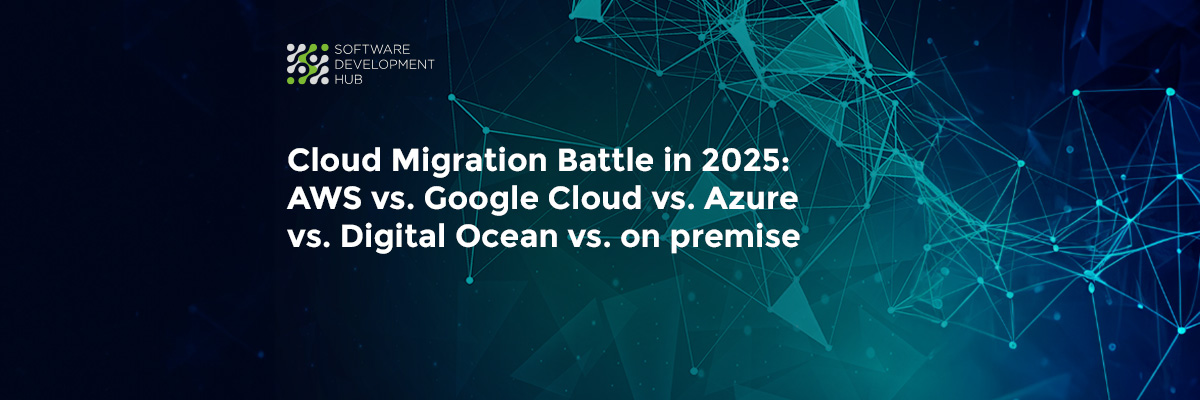SecOps Explained: How Security and Operations Work Together for a Safer Digital World
In the ever-evolving landscape of cybersecurity, organizations face an increasing number of threats that challenge the integrity of their systems, data, and operations. As cybercriminals become more sophisticated, businesses must adopt a proactive approach to security, integrating defensive measures into every aspect of their operations. One such approach is SecOps, or Security Operations, which represents the collaboration between IT security and IT operations teams to create a seamless, integrated strategy for protecting digital assets.
Traditionally, the security and operations teams had been working in silos where each had a different priority: the security team wanted to keep the systems safe from any future perils while operations teams focused on performance, uptime, and efficiency. In many cases, such fragmented approaches often led to inefficiencies, delays, and vulnerabilities. This is where SecOps came: to bridge this gap between two very important functions and make the element of security an integral feature in all the aspects of IT operations rather than just an afterthought.
Traditional silos no longer suffice when breaches cost companies an average of USD 4.88 million in 2025, according to IBM’s annual report. SecOps (Security + Operations) bridges this gap, ensuring proactive threat detection and rapid incident response across complex IT ecosystems.
The SecOps objective aims at establishing a continuous security posture that will allow the detection, response, and mitigation of cyber threats to be effective in real time. It seeks to encourage team collaboration, automation of security processes, and integration of the latest technologies to increase visibility into potential threats. Furthermore, migration of business operations to cloud computing, DevOps practices, and ultimately digital transformation calls for higher needs of having an orchestrated strategy for SecOps.
Modern SecOps now extends beyond network protection to encompass cloud, multi-cloud, identity, and supply-chain environments. This shift marks the beginning of an operational culture that blends continuous visibility with resilience and adaptability.
The Core Principles of SecOps
At its core, SecOps is all about proactive security. Unlike the concept of traditional security mechanisms that deal more with responding to an incident after it has occurred, SecOps relies heavily on continuous monitoring, threat intelligence, and rapid incident response to limit the impact of any cyberattack. Real-time threat detection is one of the key components of SecOps, which involves deploying security tools with the ability to analyze network activities, system logs, and user behavior for potential breaches before they become incidents.
Another important tenet of SecOps is automation: the capability of reducing human error and increasing response times. The Security, Inc. deployed SIEM solutions, SOAR, and AI-driven security platforms that scan volumes of data for anomalies and respond with machine learning-driven automated responses. The approach ascertains that security incidents are highlighted and contained in seconds, not in hours or days.
SecOps also extends the collaboration to involve IT security and operations. Most of the time, such teams in many organizations work autonomously, creating room for misunderstandings, inefficiency, and security gaps. SecOps allows a shared culture of responsibility between both teams through policy development on security, performing risk assessments, and best practices in tune with the overall aims of the organization.
Other key elements of SecOps include incident response and recovery. Cyberattacks will always occur, and one needs to have a full-fledged strategy to detect the attack, contain it, eradicate it, and recover from the security breach. SecOps teams run simulated and drill-like exercises to ensure their quick response toward threats with minimum downtime and loss of data.
At its foundation, SecOps promotes continuous monitoring, automation, and collaboration. These principles drive faster decision-making and minimise vulnerabilities. However, the 2025 landscape adds new dimensions to these concepts:
- Shift-Left Security: Integrating security earlier in the software lifecycle ensures fewer late-stage vulnerabilities. Many DevSecOps practices now form part of SecOps strategy.
- Shared Responsibility Model: Security accountability now spans developers, cloud providers, and end-users alike.
- Performance Metrics: Organisations increasingly measure SecOps success using quantitative metrics such as Mean Time to Detect (MTTD), Mean Time to Respond (MTTR), and alert-volume reduction. Leading companies report up to a 40% reduction in MTTR after adopting automated playbooks
- Resilience-First Thinking: Beyond prevention, modern SecOps teams prioritise continuity, real-time remediation, and adaptability to evolving attack patterns.
The Role of SecOps in Modern Cybersecurity
The ever-evolving cyber threats have made SecOps part of every modern cybersecurity approach. Advanced persistent threats, ransomware attacks, phishing scams, and zero-day exploits are in an upward trend that compels organizations to adopt proactive security.
One of the major ways in which SecOps enhances security is through continuous monitoring and log analysis. SecOps teams deploy monitoring tools that can collect and analyze logs from servers, applications, and network devices to enable them to identify suspicious activities in real time. By leveraging behavioral analytics and machine learning algorithms, SecOps can spot anomalies that could point to a security breach, such as unauthorized attempts to access, unusual data transfers, or irregular login patterns.
SecOps also plays a crucial role in vulnerability management, ensuring that systems and applications are regularly patched and updated to address security weaknesses. Cybercriminals often exploit unpatched software vulnerabilities to gain unauthorized access to systems, making it essential for SecOps teams to implement automated patch management solutions and conduct regular vulnerability scans.
The integration of threat intelligence through threat data collection and analysis forms another important aspect of SecOps, with the development of a capability that can predict or prevent an oncoming attack. A SecOps team would liaise with the leading global cybersecurity communities, government agencies, and security vendors to get threat information on emergent threats, techniques of attack, and best practices. Threat feeds and automated detection tools will facilitate proactive action from the SecOps teams by blocking malicious IP addresses, domains, and signatures coming from known cyber threats.
SecOps also strengthens security through incident response automation, enabling organizations to detect and mitigate threats with minimal human intervention. Security orchestration tools integrate with firewalls, intrusion detection systems, endpoint security solutions, and cloud security platforms to build an automated response framework. If a potential threat is detected, the pre-set workflows trigger automated actions such as blocking malicious traffic, isolating compromised systems, and alerting security teams.
While organization-wide cloud computing, DevOps, and containerized environments drive the need for SecOps in dynamic complex IT infrastructures, Cloud SecOps has put much emphasis on the security of cloud-based applications, workloads, and compliance by deploying zero-trust security mechanisms to bar unauthorized access.
Challenges in Implementing SecOps
While SecOps provides significant business benefits, an organization may or may not be agile in implementing seamless SecOps processes. One important challenge is often a cultural fit of security and operations teams: most organizations have usually set up one-team arrangements across their organizational level, and there is somewhat a cultural barrier to how shared security responsibilities are developed or implemented. How to overcome that challenge: leading from the front, cross-functional training programs are needed, along with collaboration tools that truly enable teams.
Other common issues include the complexity of security management and data overload. Large modern IT environments generate enormous volumes of security data from network logs, endpoint devices, cloud applications, and threat intelligence sources. Without appropriate SIEM and SOAR solutions in place, security teams quickly become overwhelmed with alerts, leading to alert fatigue and lagged responses to threats. Automation, artificial intelligence, and machine learning need to be invested in for organizations to filter out false positives and prioritize high-risk threats accordingly.
Furthermore, budget is also another concern for many companies, mainly smaller-scale organizations that have limited cybersecurity resources. A fully integrated SecOps approach requires investment in security tools, skilled people, and continuous security training. However, to overcome this challenge, managed security services, open-source security tools, and cloud-native security solutions are some of the techniques businesses could extend their security posture cost-effectively.
Compliance and regulatory requirements further complicate SecOps implementation, as businesses must adhere to strict security standards such as GDPR, HIPAA, PCI-DSS, and ISO 27001. SecOps teams must ensure that security controls, data protection measures, and audit trails align with these compliance frameworks while minimizing disruptions to business operations.
The Future of SecOps
With time, the cyber threat keeps on changing. Artificial Intelligence, Zero Trust Security frameworks, and automation form the basis of approaches that will be forwarded by SecOps in the times to come. AI-driven security analytics will have more significance in detecting complex cyber threats, while automated security response mechanisms reduce the dependency on manual mitigation of threats. XDR platforms will integrate data from multiple security layers, giving SecOps teams a single view into the security threats that affect endpoints, networks, and cloud environments.
The rise of the cybersecurity mesh architecture will take SecOps way ahead in decentralized security controls that adapt to distributed IT infrastructures. While hybrid work environments are still opening their arms to organizations, SecOps teams will focus on securing remote access, implementing IAM solutions, and pushing zero-trust security principles down to reduce insider threats and unauthorized access risks.
SecOps training, security automation, and real-time threat intelligence remain very important concerns for organizations in their attempt to outpace rapidly evolving threats. By fostering a security-first operations culture, businesses can make sure their security postures are resilient, their digital assets are protected, operational efficiencies are at their best, and their businesses run smoothly without hiccups in an ever-changing threat landscape.
SecOps is the sea change in the way cybersecurity is handled by organizations, merging security and operations into a proactive, collaborative defense strategy. With the integration of real-time threat detection, automation, and security best practices, SecOps lets businesses respond quickly to cyber threats and sustain operational efficiency. As cyber risks continue to increase, adopting a well-structured approach to SecOps is no longer optional; it is a must for ensuring long-term security and business resilience.
The coming years will see SecOps transform from a reactive model to a predictive, intelligence-driven discipline. Artificial Intelligence will no longer just automate tasks but anticipate threats through behavioral analytics and anomaly detection. According to Palo Alto Networks’ 2025 report, nearly 90% of organisations plan to centralise their security data strategies using AI-enabled analytics.
Real-time detection will become standard as edge computing and containerised workloads demand immediate response. SecOps platforms will analyse billions of events per second, correlating them across cloud, on-premises, and IoT environments.
A SecOps Maturity Roadmap is also emerging:
- Reactive Stage – Manual monitoring and isolated tools.
- Adaptive Stage – Automated alert correlation and initial integration.
- Predictive Stage – AI-assisted detection and proactive hunting.
- Autonomous Stage – Continuous, self-healing response guided by machine learning.
Case studies illustrate this evolution. For example, a European fintech reduced its incident response time by 52% after consolidating its SIEM and SOAR tools into one XDR platform. Similarly, a healthcare provider achieved full compliance automation across three clouds through identity-centric SecOps integration.
Ultimately, the future of SecOps will depend on striking a balance between automation and human judgment, platform unification and flexibility, and AI-driven precision with transparent accountability. Organisations that invest in these pillars will not only safeguard data but build trust in an increasingly digital economy.
Categories
About the author
Share
Need a project estimate?
Drop us a line, and we provide you with a qualified consultation.








